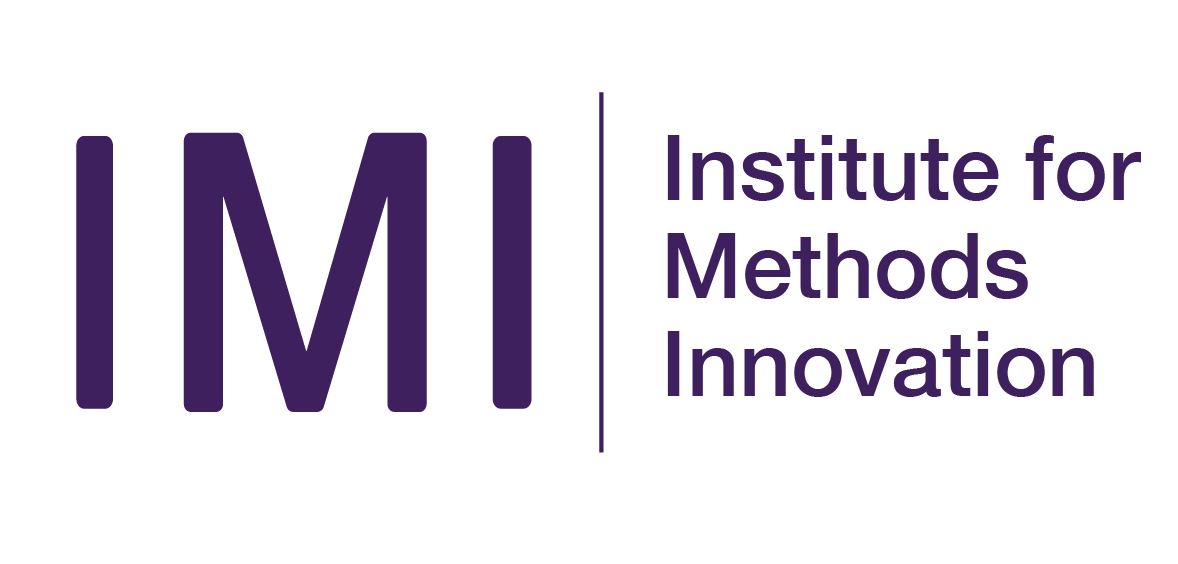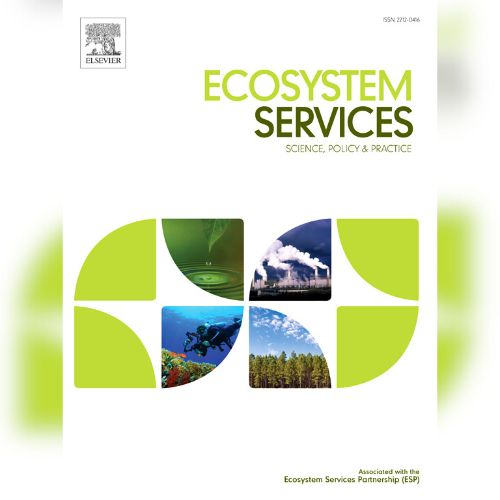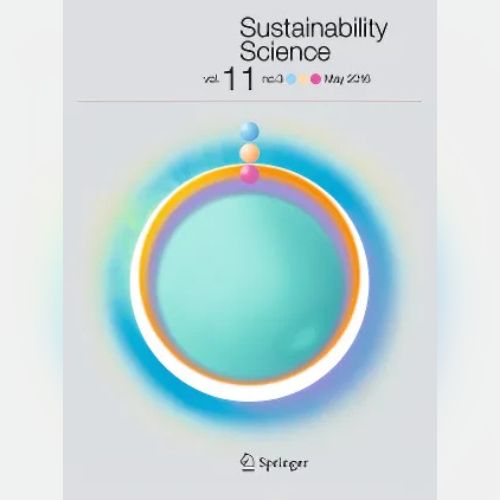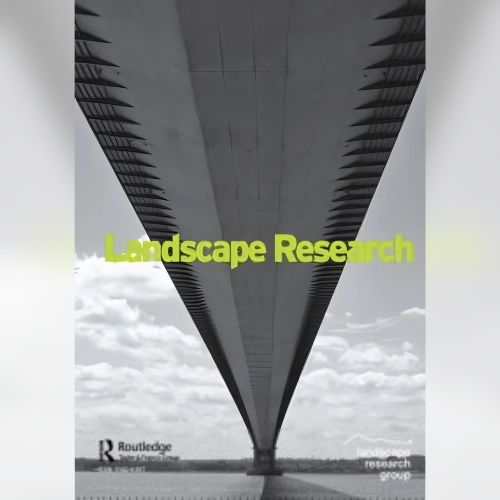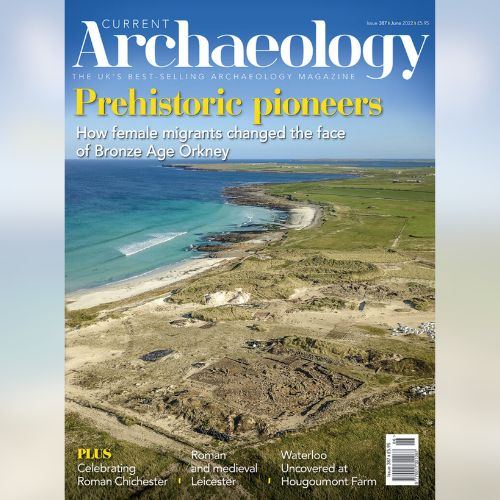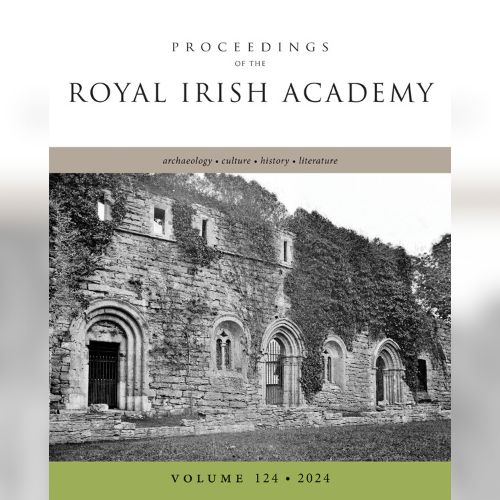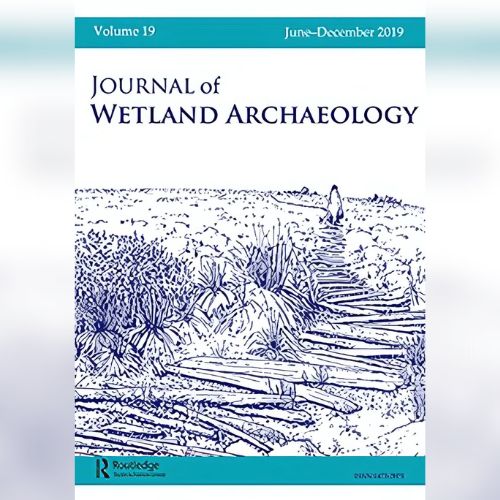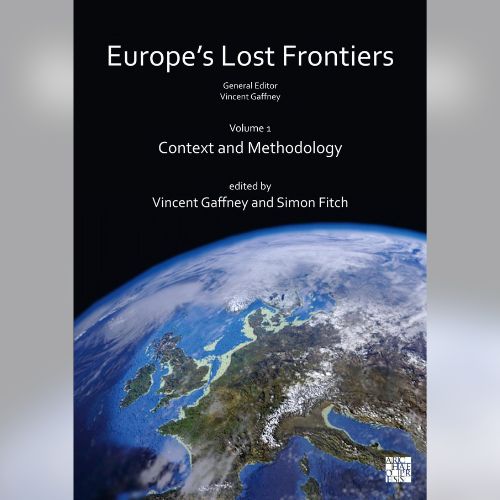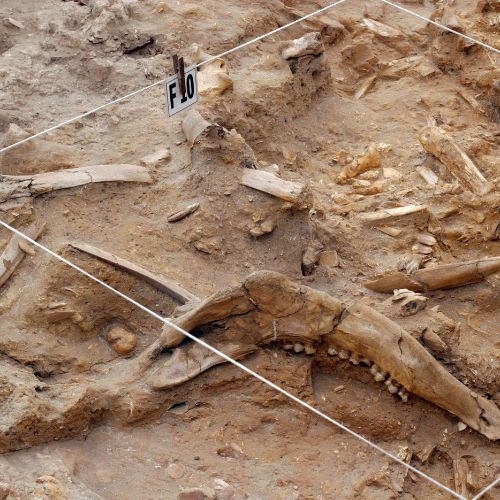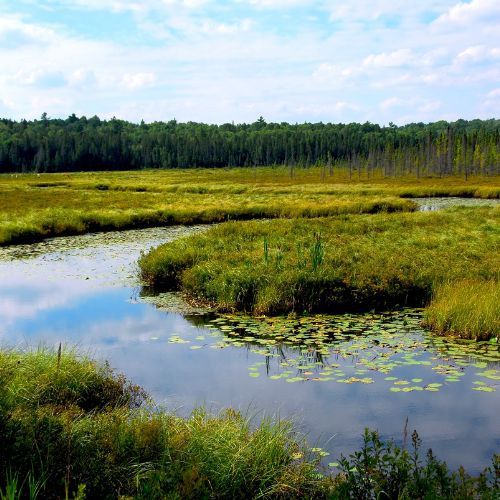Dr. Rosie Everett
Research and Training Officer
Articles
Chapters
Publications
Articles in International Peer-reviewed Journals
Oct 2025
Governing high-integrity markets for ecosystem services
There is growing global interest in the potential for ecosystem markets to facilitate climate and nature recovery. Yet, poorly designed and operated markets are prone…
Jul 2024
Reimagining the language of engagement in a post-stakeholder world
Language matters in shaping perceptions and guiding behaviour. The term stakeholder is widely used, yet little attention is paid to the possibility that its use may inadvertently…
2024
Irish peatscapes: from heritage to hybrid in the Capitalocene
The benefits of exposure to nature for human health and wellbeing have been evidenced throughout history and across global civilisations.
2023
MetaDamage tool: Examining post-mortem damage in sedaDNA on a metagenomic scale
The use of metagenomic datasets to support ancient sedimentary DNA (sedaDNA) for paleoecological reconstruction has been demonstrated to be a powerful tool to understand multi-organism…
2022
For peat’s sake: peatlands, climate change and the future of archaeology
ISSUE 387 the UK, there are three main types of peatlands–fenlands, raised bog, and blanket bog–and their geographical spread is associated with how these different…
2022
How climate change is washing away precious evidence of our distant past
Some of the UK’s finest archaeological remains have been found buried in peat, a type of soil that’s naturally high in acidity and low in…
2021
Running out of time? Peatland rehabilitation, archaeology and cultural ecosystem services
The United Nations Decade on Ecosystem Restoration places ecosystem rehabilitation at the forefront of global efforts to restore biodiversity and tackle climate change.
2020
Multi-proxy characterisation of the Storegga tsunami and its impact on the early Holocene landscapes of the southern North Sea
Doggerland was a landmass occupying an area currently covered by the North Sea until marine inundation took place during the mid-Holocene, ultimately separating the British…
2020
On the brink of Armageddon? Climate change, the archaeological record and human activity across the Bronze Age–Iron Age transition in Ireland
Palaeoclimatic proxies from records in northwest Europe evidence a climatic deterioration, known as the ‘2.8 ka Event’, which broadly coincided with the transition from Later…
2019
Heaney’s Hauntings: Archaeology, Poetry and the ‘Gendered Bog’
In this paper we discuss the entangled relationship between literary creation, archaeology and representations of gender in the poetry of Seamus Heaney, in particular the…
Chapters in Edited Books
2022
Sedimentary ancient DNA palaeoenvironmental reconstruction in the North Sea landscape
A key objective of Europe’s Lost Frontiers was to recover floral and faunal information from the Early to Mid-Holocene period from ancient DNA that persists…
Professional Publications (selected)
2021
Investigating the preservation of ancient sedimentary DNA (sedaDNA) from three case study wetland environments : towards better understanding of sedaDNA as a tool for palaeoecological reconstruction
This PhD is a contribution to the rapidly expanding application of sedimentary ancient DNA (sedaDNA) as a tool for palaeoecological reconstruction.
2021
Bright Edge Deep: peatlands in history, cultural heritage, and climate
The Bright Edge Deep team presents an online exhibition inspired by the history, cultural heritage and restoration of peatlands. Through a variety of media –…
Research | Evaluation | Engagement | Training
Ireland | United States of America | Estonia
methodsinnovation.org is owned and operated by The Institute for Methods Innovation, which is a registered US non-profit, tax-exempt corporation under 501 (c)(3) of the Internal Revenue Code. The Institute for Methods Innovation is also a registered non-profit in Ireland and Estonia.
© Institute for Methods Innovation 2017-2025. All rights reserved.
